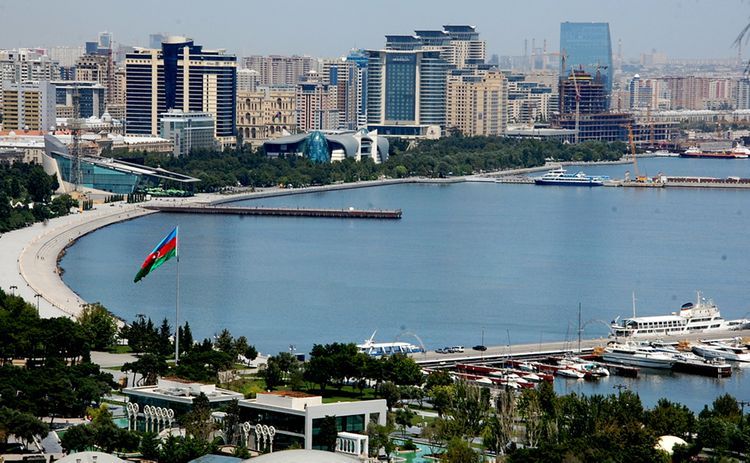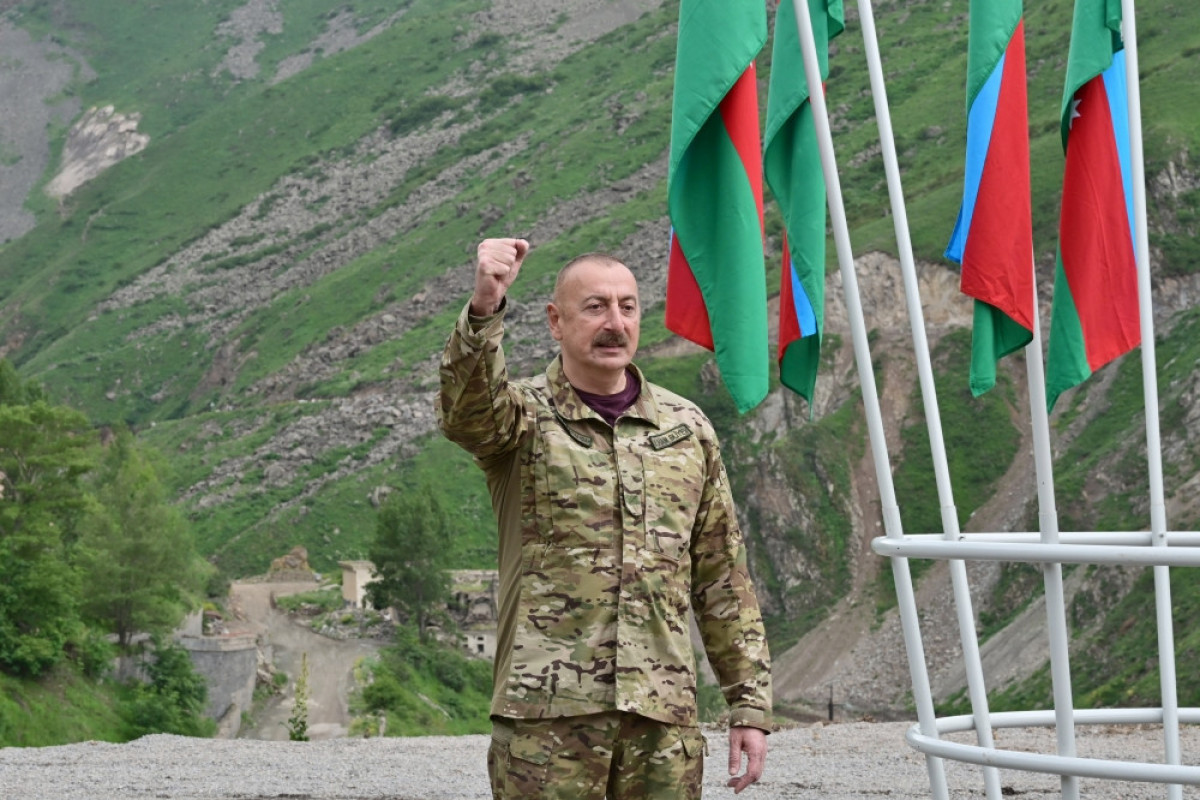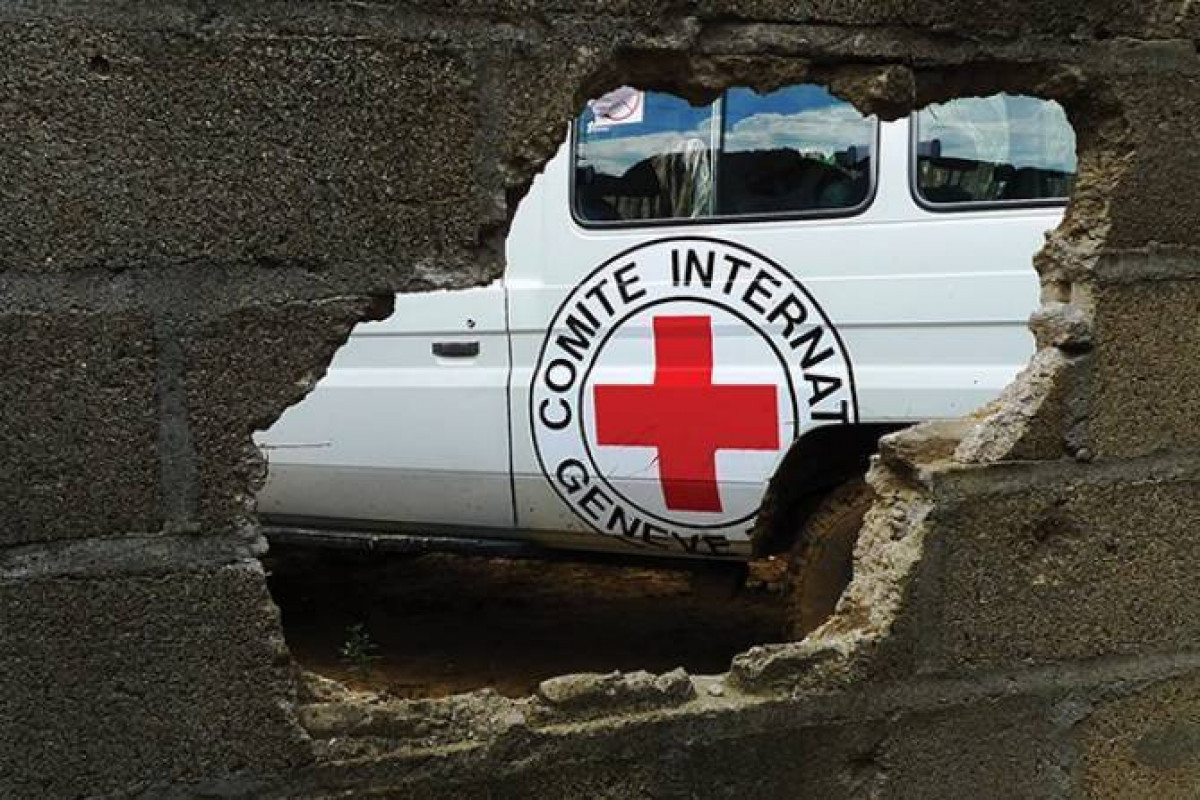Is the global balance of power shifting from West to East? The analysts are concerned about this question after the 2008 financial crisis in the USA, which took on a global scale. Christopher Layne, director of intelligence and national security at the George W. Bush School of Administration and Public Service at A&M University in Texas, in an article entitled “The shift of global power from West to East,” published in 2012 in “The National Interest”, stated that the power of the United States in the world is weakening and it is gradually shifting to the East, namely, to China. International experts believe that the era of “Pax Americana” is coming to an end, especially amid China's growing economic and military power.
The Chinese Journal of International Policy, published by Oxford University in the first quarter of 2020, discusses China's rise and the shift in power towards the East. Numerous views on the shift in world power, also taking place against the backdrop of the natural course of history — the strengthening of the East by the end of the “Pax Romana” period, followed by the reestablishment with “Pax Britannica”, the continuation with “Pax Americana”, and the return of power again to the East centuries later — they are becoming increasingly significant. There is already enough evidence that the world has moved back to a multipolar system of government and that a leading factor has emerged this time in the East.
Two facts testify to the weakening of the global power of the West on the example of Azerbaijan:
a) The Nabucco project launched to ensure energy security in Europe remained just an idea, nevertheless, Azerbaijan with the support of Western partners was able to sign an intercontinental project — the Southern Gas Corridor.
b) In the TRACECA project, it was Azerbaijan that implemented the idea of connecting Europe with Asia through the Baku-Tbilisi-Kars railway.
These two factors bring to the fore the idea that the West has run out of the energy it needs to maintain a global balance of power.
The development of the process, the difficulties faced by “Pax Americana” and China's steps towards becoming a global power clearly indicate the prospect of strengthening the East on the horizon. International experts are considering China's rise against the backdrop of the US collapse or vice versa. In both cases, the world no longer consists of just one pole — the West, on the contrary, the East seems to outstrip the balance of power and China is expected to become a key player in a new era. China is now the world's leading producer; military power is growing rapidly — defense spending is expected to be equal to that of the United States by 2025; China is taking steps to replace the dollar with yuan; it has established the Asian Infrastructure Investment Bank as well as the New Development Bank as an alternative to the main levers of the US global financial system; as opposed to the US, it is expanding alliances such as the Shanghai Cooperation Organization and BRICS;
The “One Belt and One Road” project (BRI) of China, the main power center against the background of the revival of the East, deserves special attention. This project will define the economic and geopolitical world map for the upcoming 50 years. BRI, which includes land, rail, sea, and air routes as well as power lines, is a key project that will complete the transition of global power to the East. Thus, while the West is discussing global projects on paper, the East has already come a long way and BRI is a prime example of this.
The latest BRI map, which combines two directions: maritime and land, and six routes, with the main objective of building a transport network from Beijing to London, confirms China’s preference for this global land corridor project. In addition to the choice of an alternative route to the obstacles posed by the United States in the maritime direction, where China has historically had major export and import routes, the unification of Eurasian countries around the BRI and plans regarding forming Beijing as a world power are also playing a crucial role.
Northern Corridor – to Europe through Russia, passing through Kazakhstan;
Southern Corridor – to Europe via Turkey through Iran, passing through Central Asia;
It is currently planned to implement BRI through these two corridors. Therefore, it is likely that Azerbaijan’s existing capabilities in the global project are under threat. In the project, Azerbaijan (Baku-Tbilisi-Kars railway) is presented as an additional route. However, originally the access to Europe through Central Asia via Azerbaijan, the Middle Corridor was more relevant.
China’s attention to the North and South Corridors stems from geopolitical processes:
- The passing of the main route through the Middle Corridor will lead to Russia’s influence on the countries on this line and create serious obstacles for the project, while at the same time it increases the risk of a joint confrontation between Moscow, eliminated from the project, and Washington, against Beijing, which will lead to BRI conflicts in Eurasia, despite the fact that China is guided by the principle of global stability in this project.
- The importance attached by China to the Southern corridor through Iran is aimed at disrupting U.S. plans to change maps in the Middle East. U.S. plans for Iran and the Middle East, in general, are also aimed at blocking the way for China to become a world power. Iran is now one of the sources that meet China’s oil needs, and Beijing also wants to import Iraqi oil. Reducing the sources that meet China’s energy needs means weakening production capacity, which hampers economic growth. In this regard, the BRI South Corridor is vital for Beijing.
This development pushes the BRI Middle Corridor into the background and, as the final map of the project suggests, Azerbaijan takes the position of an additional route. The main question that arises in the context of Azerbaijan’s interests: how can we increase our share in BRI in line with the course of global changes?
Azerbaijan can build a parallel strategy in two directions:
Firstly, the creation of production facilities within BRI. However, in this case, it is necessary to choose the right strategy. China has plans to build production facilities in BRI countries. On the one hand, this is aimed at shortening delivery times as well as the production of Chinese raw materials in countries closer to the European market and, on the other hand, at strengthening Beijing’s influence through investments in the countries participating in the project. The establishment of about 120 production enterprises in Kazakhstan indicates that China has started to implement this plan. However, the example of Kazakhstan is not beneficial for Azerbaijan. Since the biggest problem in the production process is waste dumping, and Kazakhstan has such opportunities due to its large territory. Applying this example in Azerbaijan, especially in heavy metallurgy, will result in environmental pollution. However, in order not to miss the opportunity, we can put forward proposals for industries with less waste and give greater preference to the light industry.
Secondly, Azerbaijan can play the role of savior in a possible crisis that may arise during transportation to Europe. Such a crisis is inevitable, as the confrontation with the US continues in the northern BRI corridor (Russia) and the southern corridor (Iran). From this point of view, obstacles and delays in transporting goods through the Northern and Southern Corridors will inevitably occur. The way out of this problem is to deliver goods to Azerbaijan via the Northern and Southern Corridors, export them to Turkey via the Baku-Tbilisi-Kars railroad and further to the European market. The North-South International Transport Corridor is very important in this context. Providing a preferential loan of $500 million for the construction of the Rasht-Astara section on the Kazvin-Rasht-Astara railway, which is a significant part of the transport corridor in Azerbaijan, the construction and commissioning of the 8.7-kilometer railway bridge Astara (Azerbaijan) - Astara (Iran), which will connect the railways of Azerbaijan and Iran, which is a strategic step. As a continuation of this process, Azerbaijan should pay special attention to the North-South transport corridor as a priority to enhance its role in BRI. Given the possibility that the Middle Corridor may come into play, the implementation of the East-West transport corridor should also be considered as an alternative route.
Bilgin





 ANALYSIS'>
ANALYSIS'>
